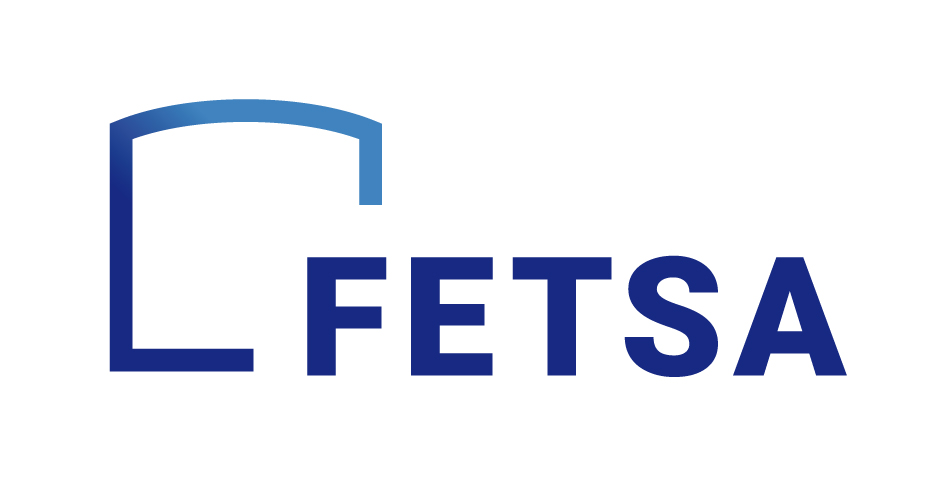April 01, 2025 [Uganda Investment Authority]- The Ugandan government and its joint venture partner, Dubai-based Alpha MBM Investments LLC, have signed a four-billion-dollar (UGX14.6 trillion) implementation agreement for the oil refinery project.
The agreement gives a green light for the government and its joint venture partner to start the design, construction, and operation of the 60,000-barrels-per-day oil refinery in Kikuube District in Midwestern Uganda (Lake Albert Basin).
The Uganda Investment Authority (UIA) facilitated the oil refinery project from inception up to the signing of the agreement, and will continue throughout the implementation stage.
Uganda’s First Oil is expected by the end of 2026.
The agreement was signed at State House Entebbe on March 30 at a function convened by President Yoweri Museveni.
The Minister of Energy and Mineral Development, Ruth Nankabirwa, signed on behalf of the Ugandan government, while His Highness Sheikh Mohammed bin Maktoum bin Juma Al Maktoum, a member of the Dubai Royal Family, signed on behalf of Alpha MBM Investments LLC.
The agreement also sets a framework for the oil refinery investment, provides timelines for the work, which is expected to be completed within three years, and outlines the obligations of the partners.
The oil refinery project also covers construction of the 320-million-litre Kampala Oil Storage Terminal in Mpigi District in central Uganda, and a 212-kilometre finished product pipeline linking the refinery to the storage terminal, as well as construction of a water abstraction facility in Mbegu.
Under the agreement, Alpha MBM Investments will be the lead developer with a 60 percent stake, while the Uganda National Oil Company (UNOC), through its subsidiary Uganda Refinery Holding Company, will hold a 40 percent stake.
The oil refinery project is estimated to create 32,000 direct and indirect jobs.
In his remarks, President Museveni called the signing of the agreement a game-changer for Uganda’s economy, adding that the government will foster investment and ensure the country benefits from its natural resources.
The President said Uganda, with its vast mineral wealth, must move from being a consumer economy to a producer economy by adding value to its natural resources, adding that this will enable the country to maximize economic benefits from its natural resources.
Said the President: “This oil refinery is not just about fuel; it is about Uganda producing and exporting refined products instead of importing. We must stop exporting raw materials and instead add value to everything we produce”.
On his part, Prince Al Maktoum said he and his team are in Uganda to support the country and its people to grow and develop.
Energy Minister Nankabirwa said the development of the oil refinery aligns with the 2008 National Oil and Gas Policy as well as the East African Refineries development Strategy.
The Minister said the oil refinery will create thousands of jobs, develop local expertise, and serve as a springboard for industries such as petrochemicals and fertilizers, as well as attract Ugandan businesses to participate in the supply of goods and services, hence boosting local enterprise development.
Minister Nankabirwa said the oil refinery project will fully comply with international environmental, health, and safety standards.
The oil refinery is expected to contribute up to 3.3 billion dollars to Uganda’s Gross Domestic Product (GDP) annually, and up to 8.2 billion dollars in capital formation.
According to projections, the oil refinery will save Uganda an import bill of at least 5.56 trillion shillings annually on different petroleum products.
The oil refinery is also expected to improve Uganda’s balance of payments by 591 million dollars annually, with the adjacent Kabaale Petrochemicals Industrial Park contributing 849 million dollars annually.
Oil quantities
Uganda’s in-place oil resources (Stock Tank Oil Initially in Place (STOIIP)) in the Albertine Graben are currently estimated at 6.5 billion barrels, of which 1.4 billion barrels are technically recoverable.
Of the technically recoverable resources, 1.0 billion barrels are reserves (Recoverable at current conditions) and 0.4 billion barrels are Contingent resources.
The planned lifecycle for production of the estimated reserves from the Kingfisher and Tilenga projects is twenty-five (25) years. This is expected to be prolonged when some of the current Contingent resources become reserves.
Free Trial: Access 13,300 Tank Terminal and Production Facilities
13,300 tank storage and production facilities as per the date of this article. Click on the button and register to get instant access to actionable tank storage industry data






